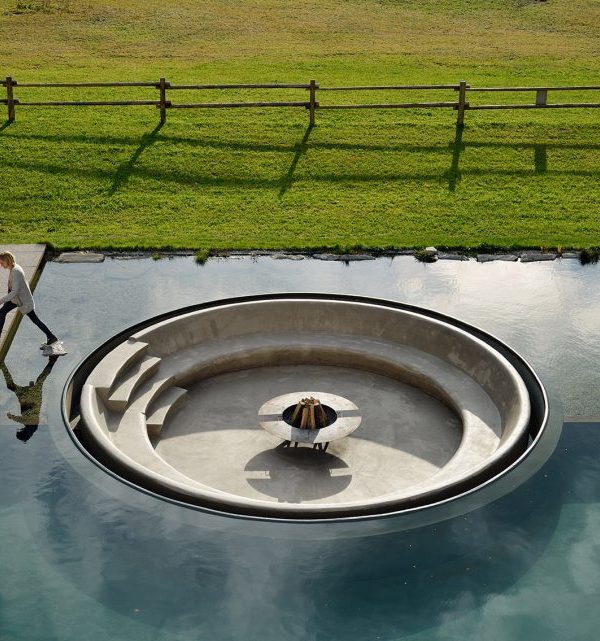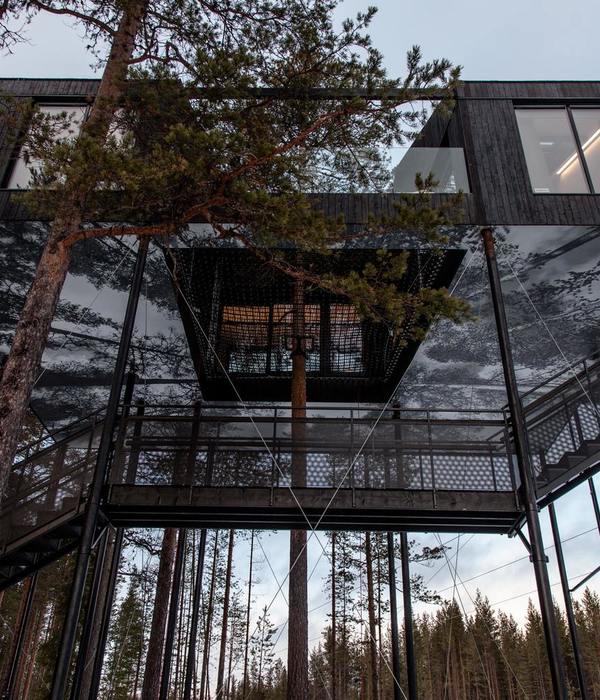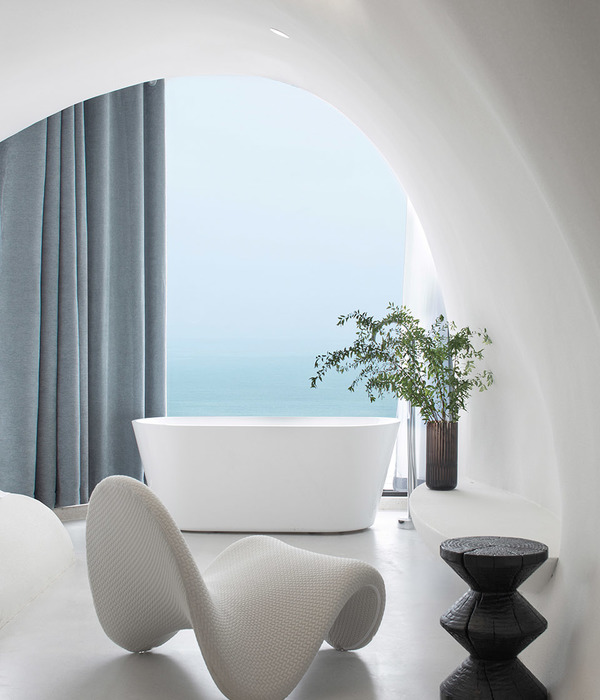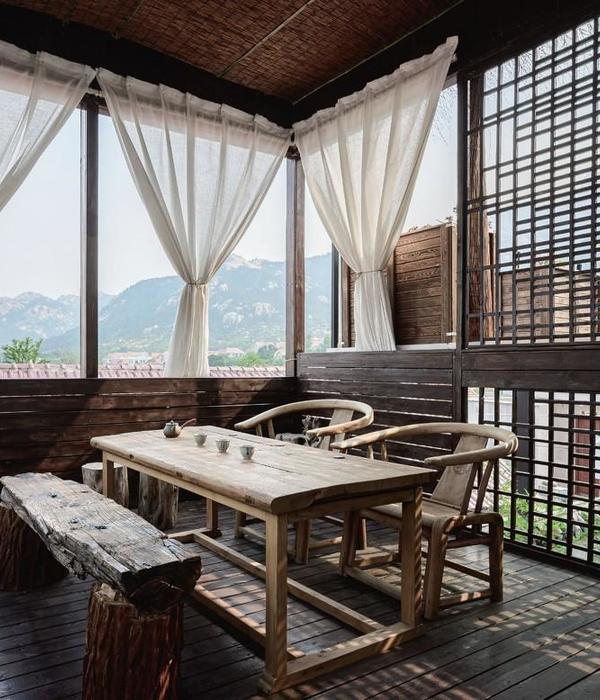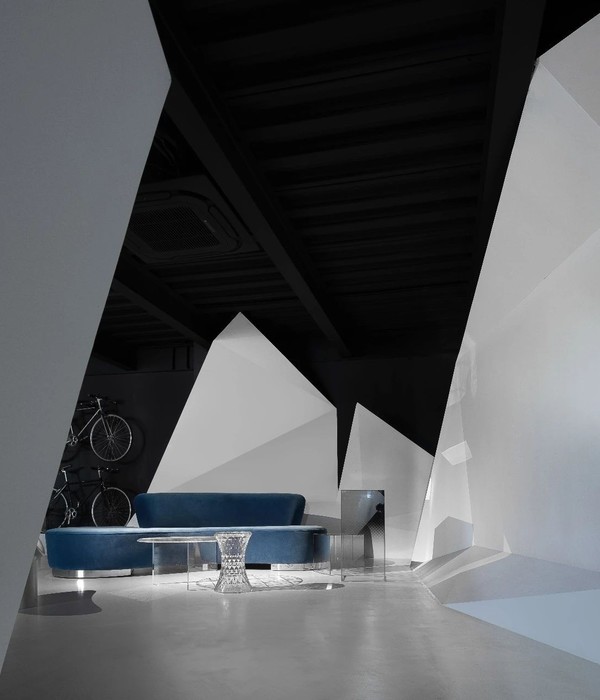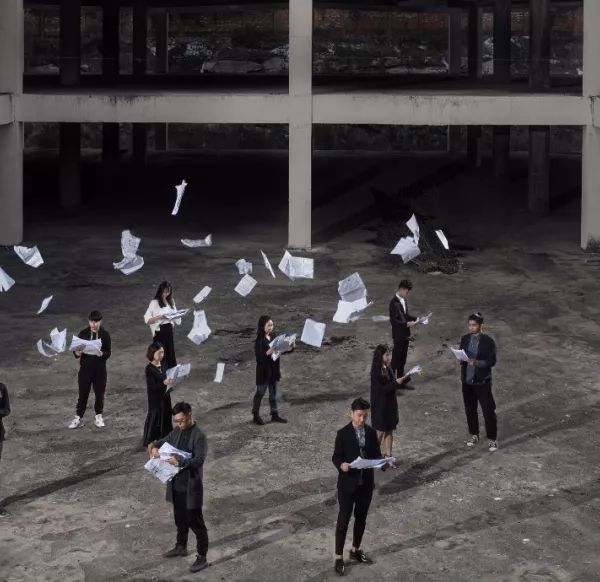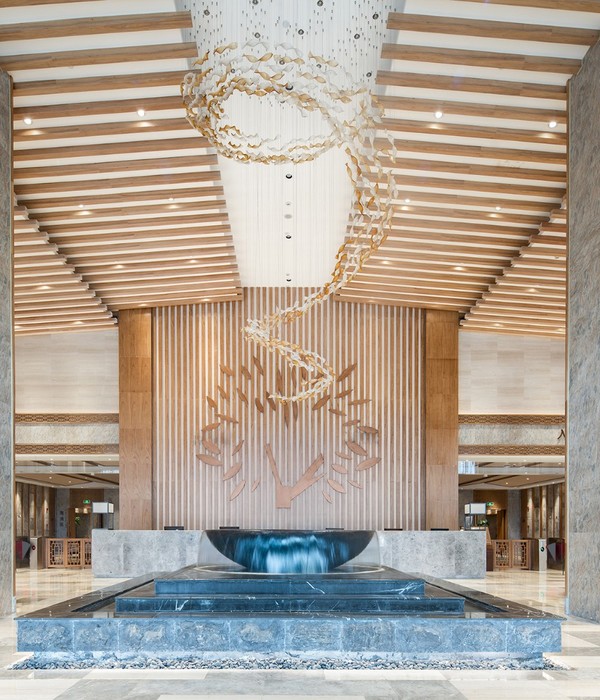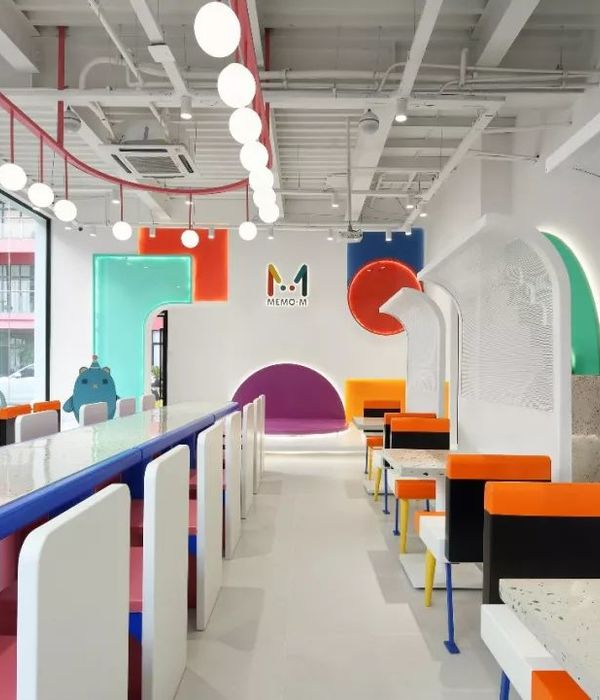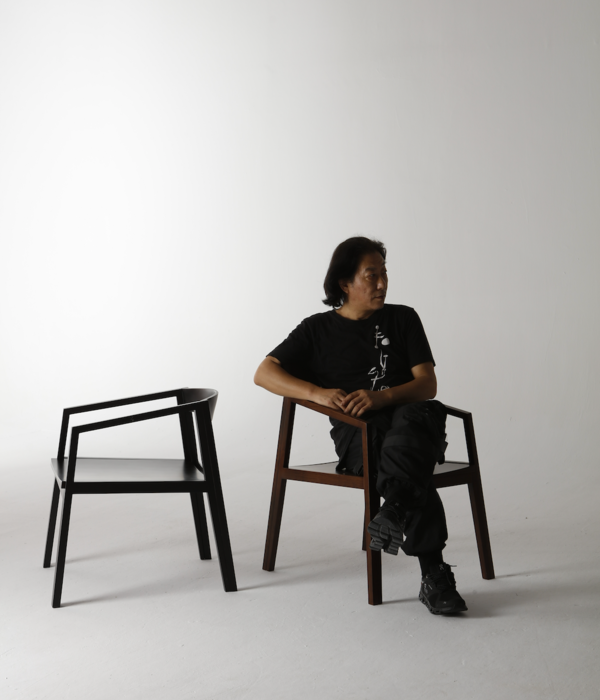Architects, Antonio Citterio Patricia Viel Interiors, were commissioned to create a design for Mandarin Oriental, Milan that gave a sense of the hotel brand’s visual richness within a “Milanese” environment. The result is “classic” Milanese style that coexists with strongly decorative materials and intense colours, with the overall look nuanced by Citterio’s typical design language, neutral and rigorous. The project centred on the renovation of four historic buildings on a typical Milanese street. The architects’ challenge was to combine these four, 18th century buildings with their differing characteristics and histories and reveal a distinctive view of “inner” Milan. An irregular layout emerged in which every room is different from the next, giving each its own individual character. The work of Italian design masters, ranging from Piero Portaluppi to Giò Ponti, and Asnago and Vender, inspired the project, contributing to the strong Milanese “essence” of the interiors. Public areas The entrance area’s grey stone floor links the hotel physically and aesthetically with the courtyard leading to via Andegari outside, and hints at its historic role as a cart entry. An inside-outside relationship is established between this transition space, with its connection to the outdoor courtyard, and Mandarin Bar, the adjacent bar bistro. As the beating heart of the hotel, Mandarin Bar’s lively atmosphere filters out to other ground floor public areas, making the premises an attractive place for holding events. The bar bistro’s black and white marble mosaic covered floor and walls combined with its large central bar counter and mix of furniture is an eclectic touch to the overall hotel design.
Following traditional Milanese, residential design principles, the architects have used colour to indicate different room functions, giving the hotel a homely feel. Establishing colour themes was particularly popular in Milanese domestic interior design during the 1930s and 40s. Red, green and yellow pastel colours decorate the hotel entrance, while the bar has a clear black and white theme, and the restaurant’s green tones match the green marble jambs under courtyard windows. Guestrooms and Suites In contrast to the exuberance of ground floor public areas, the atmosphere in the hotel’s guestrooms and suites upstairs reflects the other side of “classic” Milanese style, calm and neutral. Tones of beige are delicately combined with black and white in the colour scheme to give these private spaces a quiet, understated feel, which is enhanced by superb acoustic damping. Upholstered headboards and other furniture items in several shades of beige are complemented by the purple velvet of armchairs, curtains and carpets. Each bed is “embraced” by its arched headboard to create an intimate feel, with the bed immersed, yet separate from the rest of the room, and sofa backrests feature this same bended form. Each room has an oval table on wheels, which can be used as a moveable desk, room-service dining table or for another purpose, according to each guest’s individual needs. Bathroom walls are covered entirely with white Italian marble, with nuances and patterns varying according to room category. Some bathrooms boast distinctive features, such as a separate ‘wet room’ of bathtub and shower located within a single ‘box’. In all rooms, toilets and bathrooms are separate. Custom made furniture Every piece of furniture is custom-made, and conforms to colour schemes and choice of materials used throughout the hotel. In guestrooms and suites, each furniture piece is made according to an original design. In public areas, many items are customised in terms of dimensions, finishing and materials.
{{item.text_origin}}


